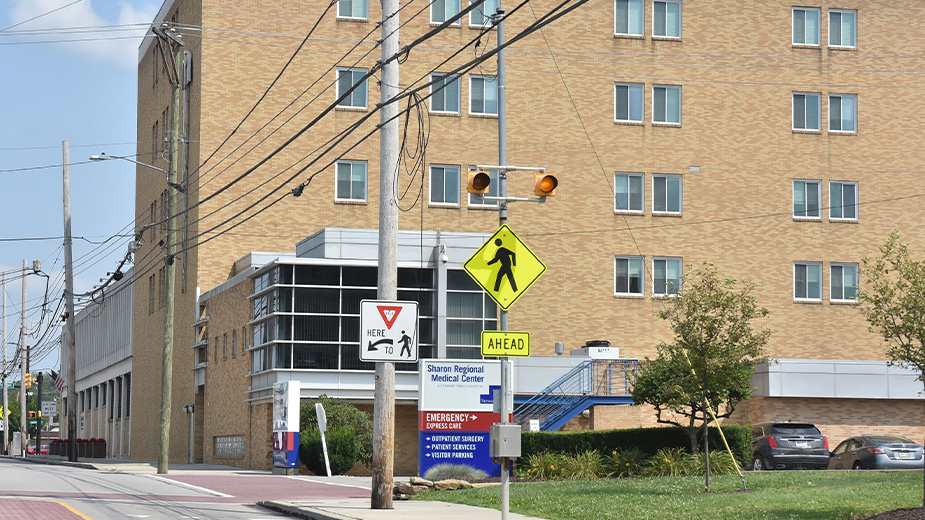TripleCare Brings Doctors to Patients’ Bedsides
YOUNGSTOWN, Ohio – Nurses found Julia Roberts, age 82, with a temperature of 100.9 and a pulse rate of 107. Because it was after hours at Park Vista, where she was staying for some short-term rehab, the situation normally would call for a visit to the emergency room.
However a new system, called TripleCare, allowed Roberts to meet with a physician electronically as she remains in the comfort of her own bed.
Roberts is a fictional patient the Park Vista staff created to illustrate how the new system works.
“Once a nurse calls, she takes a computer system into the patients room,” says Dr. Vivian Starr, medical director for Park Vista. “They actually interview the patient and assess the situation with the nurses’ help.”
The goal of TripleCare is to help patients avoid unnecessary readmissions to a hospital.
Once at the patient’s bedside, the physician, who could be anywhere in the country but licensed in Ohio, can speak with and see the patient. He can even listen through a stethoscope connected to the computer that monitors the patient’s breathing and heart rate.
“They can address the situation, tell us how severe it is and what’s the next step,” Starr says.
As a demonstration, the co-founder of TripleCare, Dr. David Chess, spoke Tuesday to the press via computer, just as he would a patient.
“One of the unique things about the program is that when the nurse calls, they don’t get an answering service, they get a doctor,” Chess says. “So the nurse is really never further than 20 to 30 seconds away from the physician.”
The ability to see a doctor without having to be transported to a hospital, Chess says, can have a profound effect on a patient’s well-being.
“When you change the environment on older people, there’s a very high incidence of delirium,” he explains. “And when that occurs, the mortality rate over the next year is over 50%.”
Park Vista is the second skilled nursing center in Ohio to implement TripleCare and is the first in the Mahoning Valley.
“Our Valley triples the national rehospitalization rate. I find that astounding,” says the executive director of Park Vista, Brian Kolenich.
He adds that readmission to hospitals accounts for some 35% of health care costs in the country.
“That’s why TripleCare makes sense as a partnership, because it addresses this concern,” he says.
TripleCare can also bring peace of mind to patients’ families who sometimes “feel better knowing that a physician is going to lay eyes on their loved one or have an interaction with their loved one,” Starr says.
“It will be that 10 years from now everyone will expect it,” says Chess, still speaking from the computer. “They’ll say, ‘Can I see the doctor now?’ and the doctor will be brought to the bedside.”
Copyright 2024 The Business Journal, Youngstown, Ohio.



